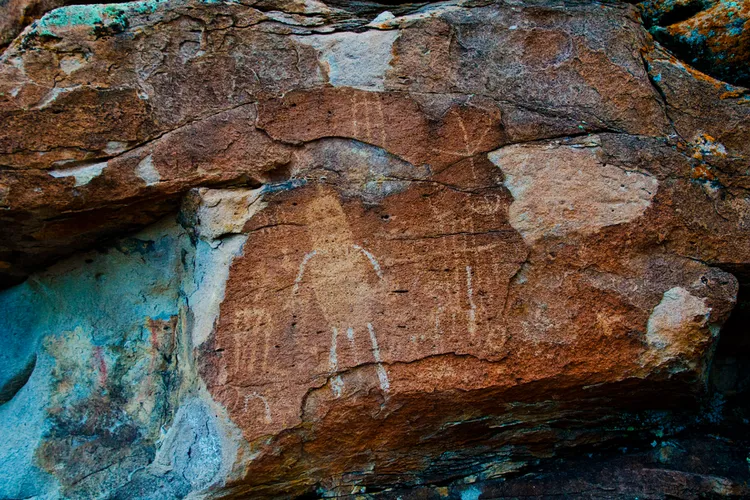Summary
Introduction to Mount Irish
Humans have been on this planet for a very long time. A couple of hours outside of Las Vegas, there exists a surprisingly mystical experience that can remind visitors of our deep connection with the land.
About a two-hour drive north of Las Vegas, Mount Irish is home to one of America’s oldest collections of petroglyphs. This site is one of the only Indigenous rock art locations remaining in Nevada. The cave art at Mount Irish is believed to date back to the year 1000 B.C.E., but estimates suggest that people began inhabiting the area as far back as 11,000 B.C.E.

Archaeological Significance of the Petroglyphs
The archaeological site spans approximately 640 acres, which visitors can explore via various trails. At each of the three main rock art locations, one can observe evidence of the people who lived in this area thousands of years ago, including their shelters and tools.
Despite ongoing research, archaeologists remain uncertain about the exact meaning of the petroglyphs. The Nevada Rock Art Foundation posits intriguing questions regarding whether people were drawn seasonally to the area for resources or if it held special social and cultural significance. These considerations highlight the importance of the site.

Nevertheless, archaeologists widely agree that the rock art is culturally significant, reflecting the values of the hunter-gatherers who previously inhabited the area. The petroglyphs often depict their primary food source: the bighorn sheep, alongside symbols representing water and spirals on the cave walls.
Moreover, the petroglyphs are considered to have both magical and religious significance, leading to requests for visitors to avoid touching them. This effort may allow future generations, in about 3,000 years, to appreciate these ancient artworks as well.

Accessibility of the Site
The site is surprisingly easy and free to access. While driving down U.S. Highway 318, follow the directions to Logan Canyon Road. Visitors will encounter a barbed wire fence that they must open and close to access the site. After approximately nine miles down a rocky dirt road, a large sign will indicate the arrival at Mount Irish. Additionally, visitors will find a metal box containing free maps and trail guides for further exploration of the area.





